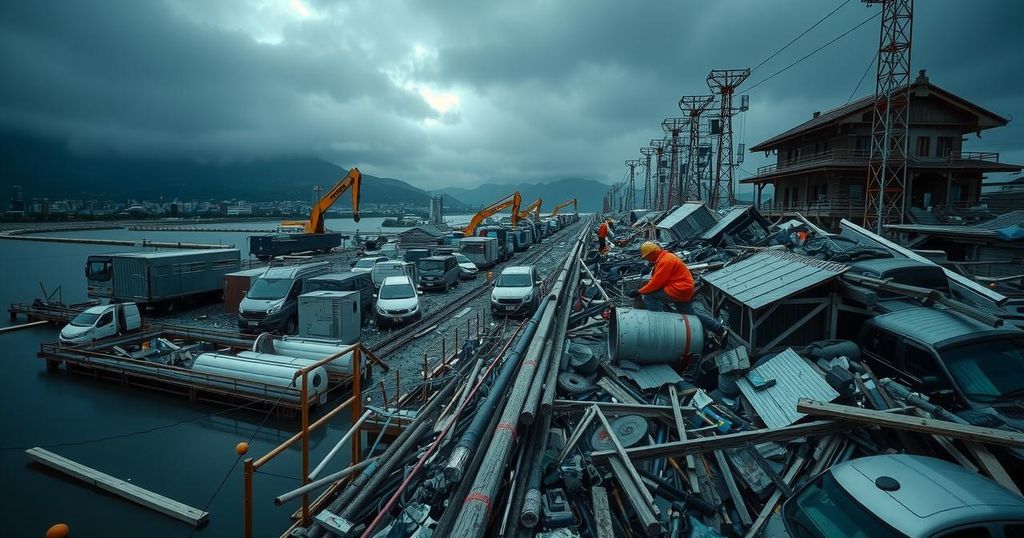The 2011 Japan Earthquake and Tsunami: An Overview of the Aftermath, Recovery, and Ongoing Challenges

On March 11, 2011, Japan suffered a catastrophic earthquake and tsunami that led to the deaths of approximately 18,500 individuals. The tsunami inundated coastal towns, causing extensive property damage and transforming the landscape. The earthquake also compromised nearby nuclear power plants, resulting in radiation leaks and an emergency evacuation. The aftermath prompted major discussions about disaster preparedness and nuclear safety in Japan and abroad.
On March 11, 2011, Japan experienced one of the most devastating natural disasters in its history, a massive earthquake followed by a catastrophic tsunami. The immediate aftermath revealed a staggering toll of deaths and destruction, particularly along the Pacific coastline. Initial death toll estimates were in the hundreds, but as rescue efforts unfolded, it became clear that the numbers were far greater. Within two weeks, the Japanese government’s official count exceeded 10,000 deceased, with an additional 19,300 individuals reported as missing. Ultimately, the total number of confirmed dead or missing rose to approximately 18,500. Miyagi Prefecture experienced the most significant losses, with nearly 10,800 individuals killed or unaccounted for. The tsunami fundamentally altered coastal cities and towns, obliterating entire communities and sweeping away vast amounts of debris including homes, vehicles, and agricultural land. The earthquake also caused severe structural damage across a broader region. Notable incidents included outbreaks of fires in cities such as Sendai and Kesennuma, significant damage to infrastructure, and disruptions in essential services like power and water supply. In Fukushima Prefecture, the earthquake and subsequent tsunami compromised nuclear power plants, particularly at the Fukushima Daiichi facility. The tsunami inundated backup generators and cooling systems, resulting in partial meltdowns in several reactors, leading to significant radiation release. An emergency evacuation zone was established around the facility, affecting thousands of residents. The severity level of the nuclear incident escalated to 7, categorizing it alongside the Chernobyl disaster. In the aftermath, the Japanese government attempted to stabilize the nuclear reactors while managing the contamination of food and water supplies. By late 2011, radiation levels allowed for limited repopulation in some evacuation areas, although concern among residents regarding contamination lingered. The prime minister declared the situation at Fukushima stable by December 2011; however, leakage incidents continued to be a challenge in subsequent years, highlighting the ongoing risks associated with nuclear energy and disaster management.
The 2011 Japan earthquake and tsunami, known as the Tohoku earthquake, struck at a magnitude of 9.0 and generated massive tsunami waves that devastated coastal areas. Its impact was felt nationally and internationally, provoking discussions on disaster preparedness, nuclear safety, and environmental policy. The complexity of recovery involved immediate humanitarian responses, infrastructural rebuilding, and addressing the long-term ramifications of the Fukushima nuclear disaster.
In summary, the 2011 Japan earthquake and tsunami resulted in unprecedented casualties and destruction, significantly impacting the nation’s coastal communities and nuclear facilities. The event not only underscored the vulnerabilities associated with natural disasters but also initiated a broader conversation on the safety and management of nuclear energy in disaster-prone regions. Recovery efforts have been ongoing, as Japan continues to grapple with the legacy of this calamity.
Original Source: www.britannica.com






